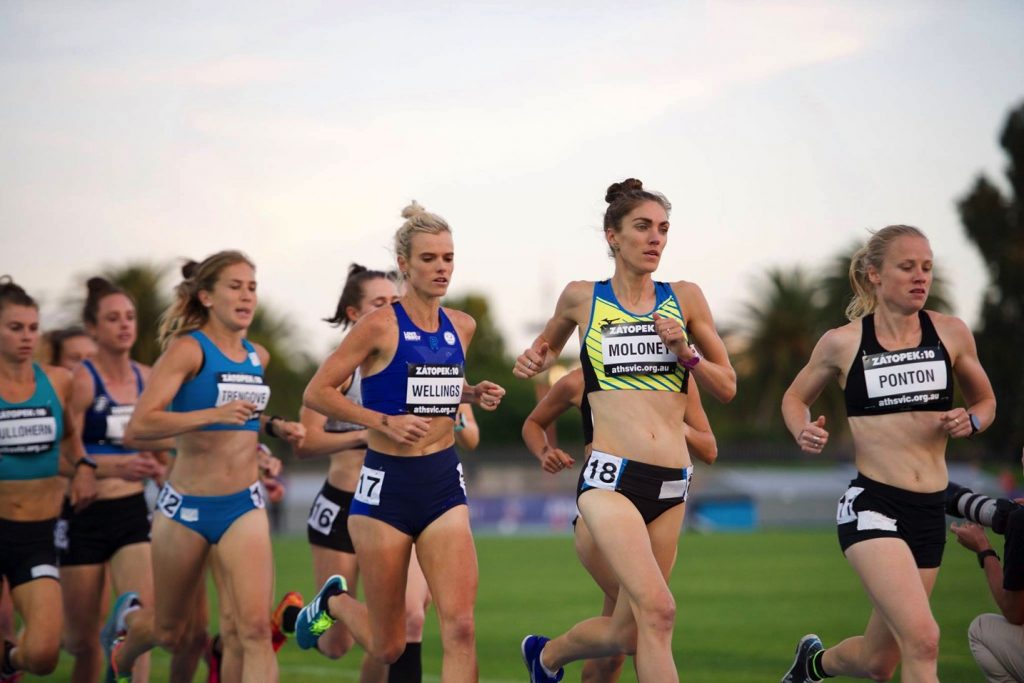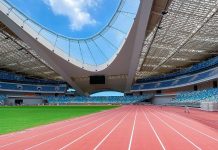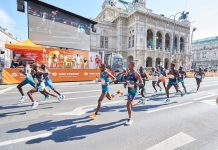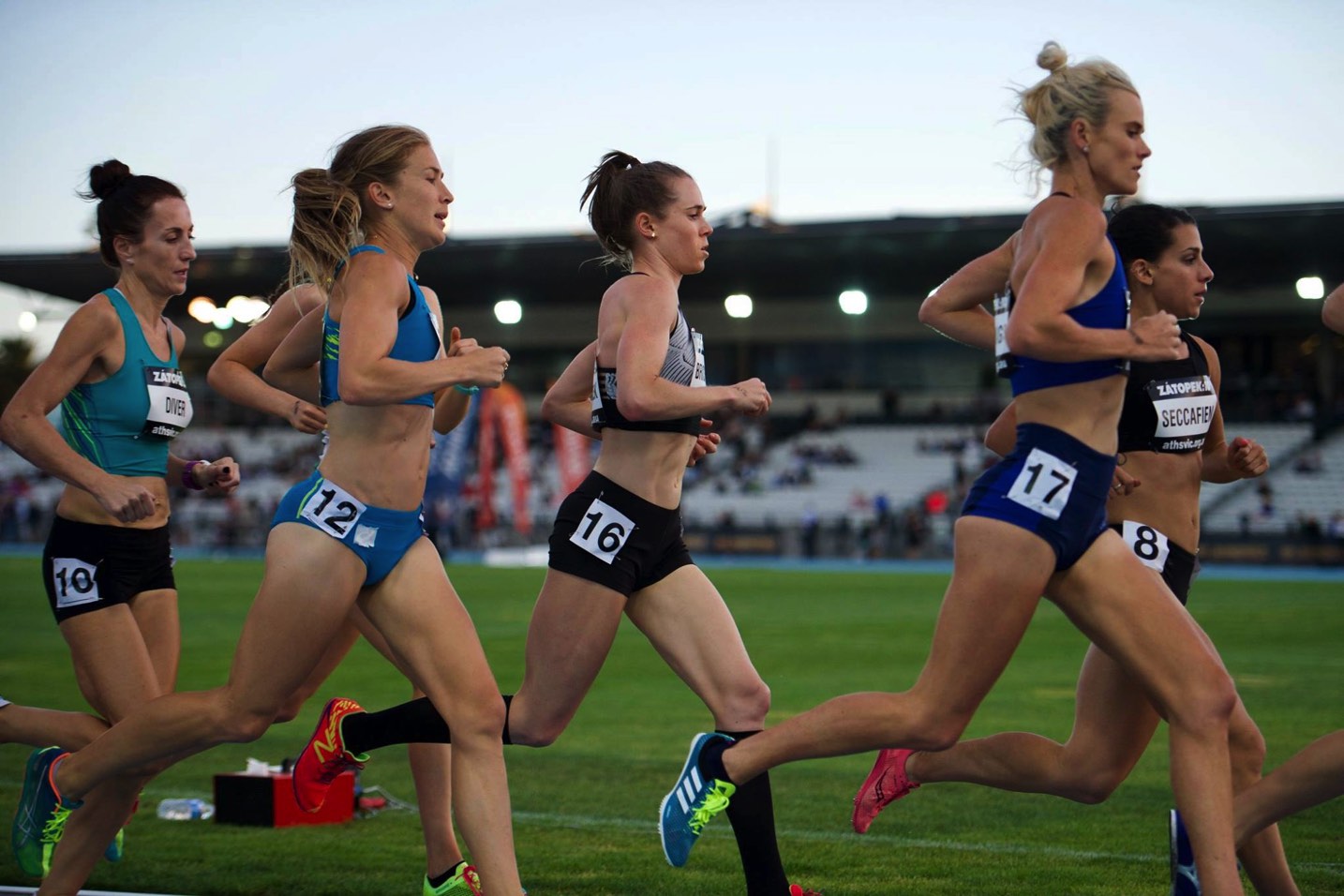You have probably heard the term ‘running form’ before. Like any other exercise, running performance can be significantly enhanced through an understanding and practical use of proper biomechanics. Implementing good running form has the potential to increase your efficiency as a runner and help to minimize your risk of injury or illness.
A large part of reducing your risk of injury and/or illness comes from understanding the forces at work on your musculoskeletal system while you run. It is also based on recognizing and reacting to imbalances within your body that could eventually cause a failure when you least expect it. A good example of this can be overpronation of your foot causing your body weight to land outside the natural alignment of your ankle. This can result in an ankle sprain. While this may not be a life-ending event, it can certainly take time to heal and possibly even result in becoming more prone to injury down the line.
Having a basic understanding of the biomechanics of your gait cycle while running can help you to recognize and value your own running form. This can also assist you with identifying and making modifications which can help you reach the next level of your running game.

Your Gait Cycle
Your gait cycle begins when one of your feet is making contact with the ground and ends at the point when that particular foot comes back into contact with the ground a second time. This cycle is divided into two stages. The first stage is your stance phase, which is when your foot is making contact with a surface. The second stage is the swing phase, which is when your foot is not making contact with a surface.
Your stance phase consists of four substages including:
Initial contact – This is the moment that your foot starts making contact with a surface while your other foot is still in the air behind you.
Braking – From the moment that your foot begins to impact this surface while in front of you, your body is performing a guided landing where it is managing to slightly accelerate and brake. During this period your ankle and knee flex while your foot pronates to appropriately absorb the ground impact force. While this is happening, your connective tissues and tendons store this energy for use during your propulsion stage.
Midstance – Your braking stage is continued until your leg is situated directly under your hips where it is experiencing maximum load as your body is moving over it. While your body is making this pass over your leg, your knee and ankle are at their peak flexion angles. This moment is referred to as your midstance. Since your leg is now under maximum load, you are at a significantly higher risk during this stage.
Propulsion – Once your leg has absorbed all of the energy that it can, it is going to start propelling you ahead. This happens as your hip, knee, and ankle all extend or straighten, to force your body up and ahead, utilizing all of the stored energy from the braking stage of your gait cycle. The more energy that is available during this phase, the less you are going to have to use your muscles. This stage ends when your foot is completely behind you and your toes are off of the ground.
Your swing phase begins when your toes leave the ground after the propulsion stage. At this moment your leg is as far back behind you as it is going to be and your heel will start to lift towards your back. The power of your hip extension will determine the height this heel reaches as well as the returning drive of your knee. With more power of your hip extension, you should be able to achieve higher speeds.
Preventing Injury
You may find that making minor modifications to your form throughout your gait cycle helps improve your performance, as well as reduce your risk of injury. However, there are also steps that you can take before running to ensure that you are physically prepared for the demands of what lies ahead. Using protective gear for runners such as braces, compression sleeves, or knee straps can offer the additional support and stability to muscles, ligaments, tendons, and joints to ensure that they are well guarded throughout your run. You may even find that they provide the necessary support to improve your body’s efficiency.
You should always be aware of the pain that you are experiencing while running. This means knowing when you need to stop and seek medical attention. For example, ir you start to have sudden, sharp pains in your hip, shin, or foot which is worsening as you run then you may be dealing with a stress fracture. Or if you are limping then you may have a muscle or ligament tear.
End





























